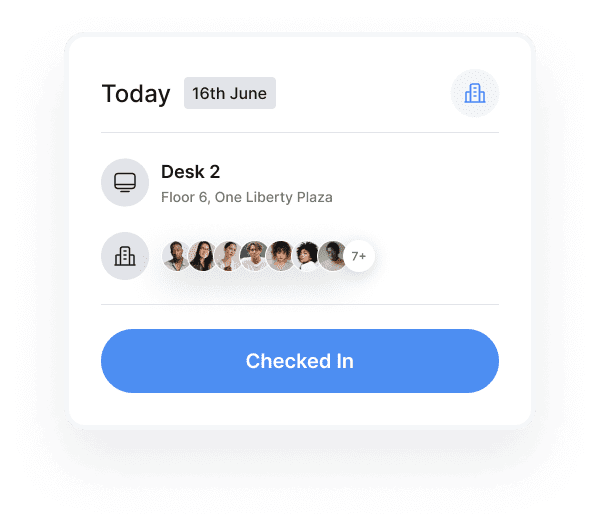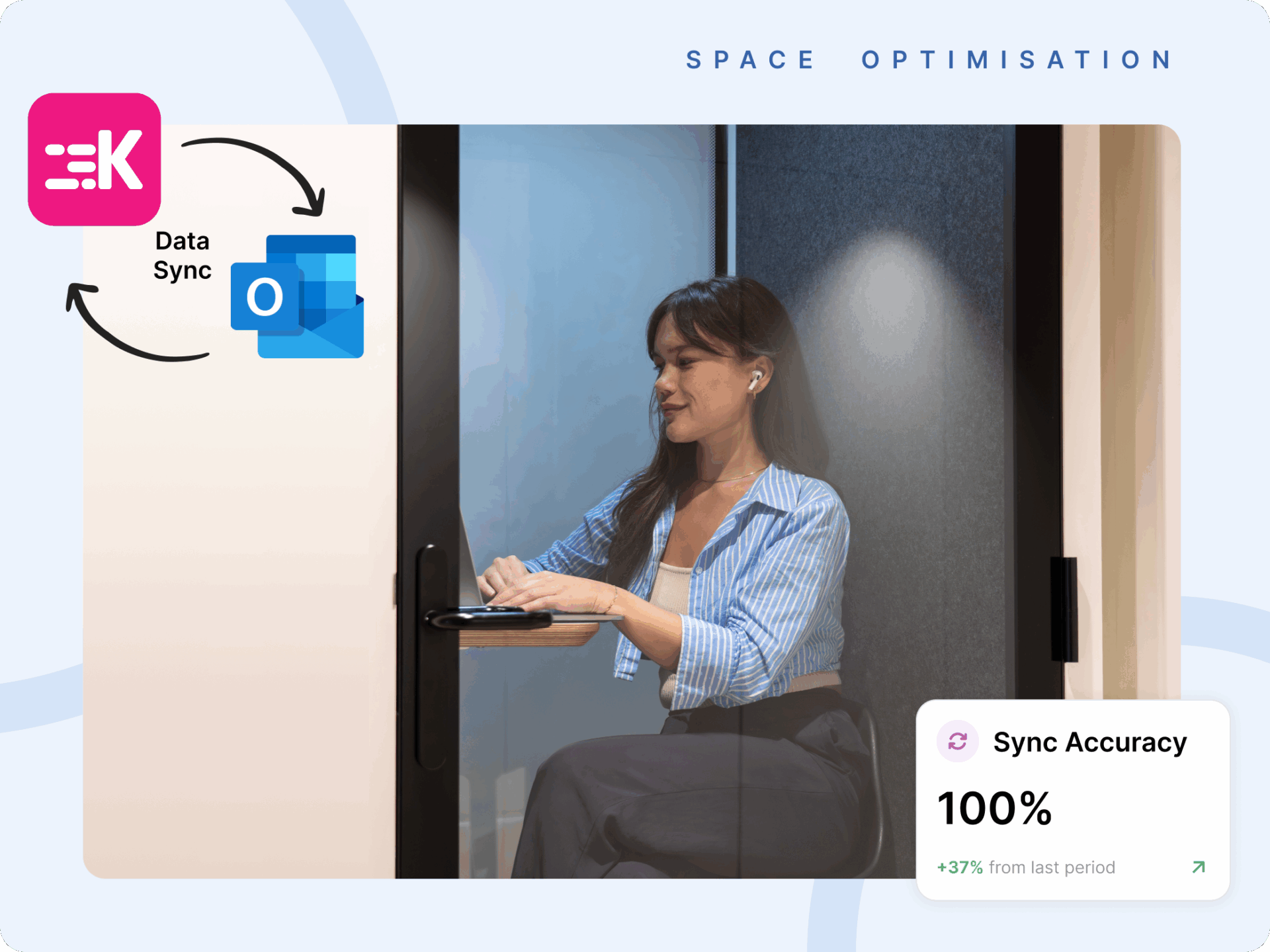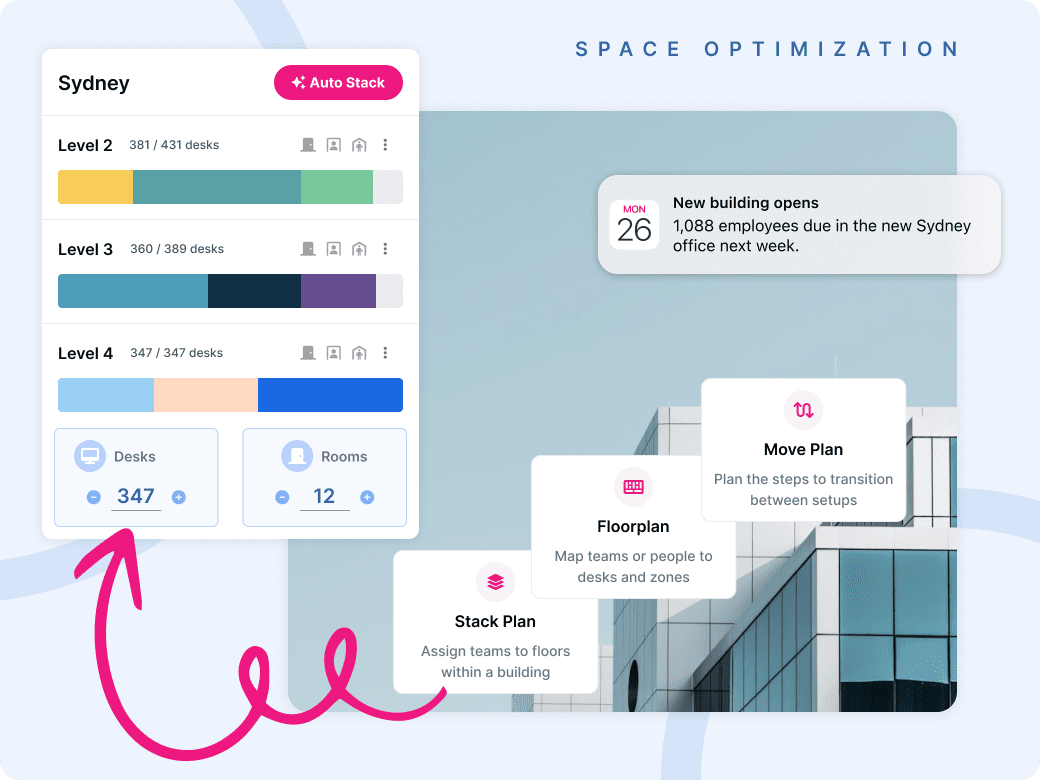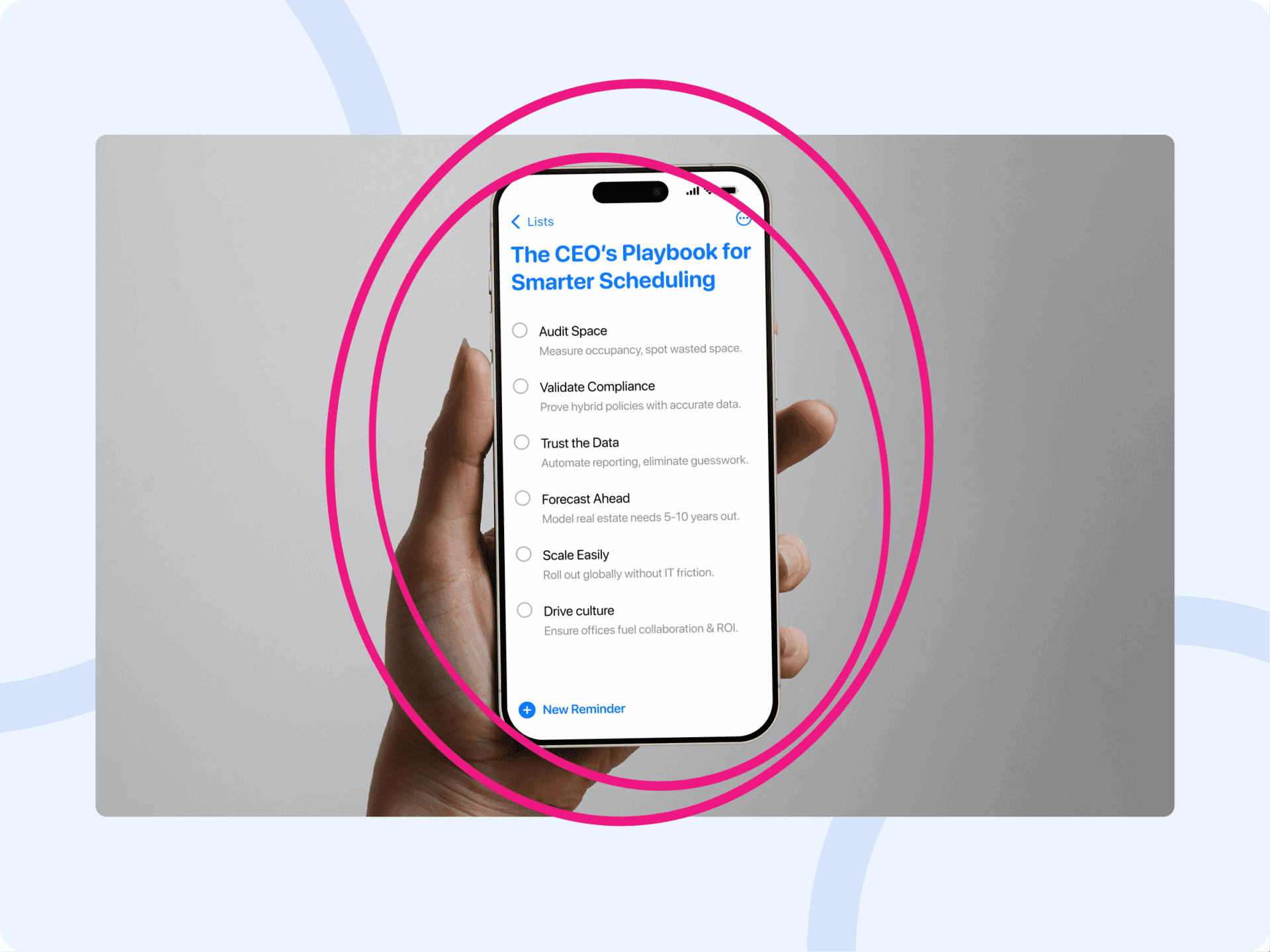Optimizing your spaces has become a critical challenge for millions of organizations worldwide. The issues center around ensuring your office spaces run smoothly with accurate occupancy data.
The Challenge Of Inaccurate Occupancy Data
Before we dive into the solution, let’s address the elephant in the room: the headache of inaccurate occupancy data. Thousands of employers face a big problem: employees are simply not checking in or out of their workspaces regularly. This results in a long list of problems in and of itself. Here are a few:
- Skewed Space Utilization Metrics: Without accurate check-ins with your desk booking API or room booking API, it’s impossible to gauge how office spaces are truly being used.
- Poor Resource Allocation: Inaccurate data leads to poor decision-making about resource allocation, potentially wasting valuable office space and amenities.
- Booking Conflicts: When check-outs are missed, spaces appear occupied when they’re actually available, leading to booking conflicts and frustration with your workplace API.
- Inefficient Cost Management: The inability to optimize real estate costs due to unreliable occupancy information.
IT Managers' Challenges In The Modern Office
Optimizing your spaces for IT managers brings its own set of challenges in today’s hybrid work environment:
- System Integration Complexity: Integrating various workplace management tools, access control systems, and employee databases can be a technical nightmare.
- Security Concerns: Ensuring data privacy and security across multiple platforms and devices used for remote and in-office work.
- User Experience: Balancing robust security measures with a seamless, user-friendly experience for employees.
- Scalability Issues: Many employers face a big problem. Employees are not checking in or out of their workspaces regularly. Solutions need to grow and adapt as the organization changes. needs change.
- Maintenance Overhead: Managing and updating multiple systems and ensuring they work harmoniously.
The Solution: Automated Check-Ins Via Public API
To address these challenges head-on, we’re thrilled to introduce some new improvements to our public API for optimizing your spaces.
1. Seamless Integration
Our public API makes it easy to connect with your current systems. This includes your mobile app, smart building tools, or any platform you use to manage your workplace.
2. Comprehensive Booking And Check-In Capabilities
With our API, users can automatically book and check into various workspace elements:
- Desks
- Meeting rooms
- Lockers
- Private pods
- Parking spaces
3. Flexible Check-In Methods
Depending on your company’s setup, check-ins can be triggered through multiple methods:
- Door access systems
- Wifi connection
- Geofencing
- Occupancy sensors
4. Real-Time Data Updates
When a check-in or check-out happens, the system updates right away. This keeps your occupancy data accurate and current.
Why This Matters
Optimized Space Management
Accurate occupancy data empowers organizations to optimize their workspace effectively. By understanding how office spaces are truly utilized, companies can make informed decisions about layout and size, identifying underutilized areas for repurposing.
This data-driven approach not only enhances efficiency but also presents significant opportunities for cost savings in real estate management, allowing businesses to allocate resources more strategically and create a more productive work environment.
Enhanced Employee Experience
Automated check-ins revolutionize the hybrid work experience by eliminating common frustrations like double bookings and unexpected workspace occupancy. This system provides a seamless transition for employees moving between home and office environments, ensuring they always have access to the resources they need.
By empowering staff with user-friendly tools to manage their hybrid schedules, organizations create a more efficient, flexible, and satisfying work environment that adapts to the diverse needs of modern professionals.
Data-Driven Decision Making
Leveraging real-time occupancy data provides organizations with invaluable insights into workplace usage patterns. This data-driven approach enables companies to make well-informed decisions about their hybrid work policies, basing strategies on actual utilization rather than assumptions.
By continuously analyzing this real-time feedback, businesses can iteratively refine and adapt their workplace strategies, ensuring they remain responsive to evolving employee needs and optimizing resource allocation for maximum efficiency and productivity.
The Benefits Of A Public API In Hybrid Working Software
- Customization: Tailor the check-in process to fit your unique organizational needs and culture.
- Scalability: Easily adapt the system as your organization grows or your needs change.
- Integration: Seamlessly connect with other tools in your tech stack for a unified workplace management solution.
- Innovation: Open the door for creative solutions and integrations that can further enhance your hybrid workplace.
The Impact Of Kadence's API On Organizations
Kadence’s public API is transforming how organizations approach hybrid work:
- Streamlined Integrations: Our API makes it easy to connect with current HR systems, access control platforms, and collaboration tools. This creates a unified system for managing the workplace.
- Real-time Data Synchronization: The API allows instant updates for all connected systems. This keeps occupancy data, bookings, and check-ins accurate and current.
- Custom Workflow Automation: Organizations can create custom workflows and automation for space booking and check-ins. You can tailor these to your specific needs and processes.
- Improved Reporting Features: Companies can access raw data directly through the API. This allows them to create custom reports and analytics dashboards. These tools offer deeper insights into how people use the workplace.
- Mobile and IoT Integration: The API allows easy connection with mobile apps and IoT devices. This enables features like contactless check-ins and smart building controls.
- Scalable Architecture: The developers built the API on a modern design. It can handle many requests at once. This makes it suitable for organizations of all sizes.
- Developer-Friendly Documentation: Comprehensive API documentation and developer resources make it easy for IT teams to implement and maintain integrations.
- Webhooks for Event-Driven Actions: The API supports webhooks. This lets systems respond quickly to events like check-ins, bookings, or capacity changes.
Final Thoughts On Embracing The Future Of Work
The introduction of automated check-ins through our public API marks a significant leap forward in hybrid workplace management. By tackling important issues like wrong occupancy data and tricky IT problems, we are not just fixing issues.
We are creating new ways for organizations to enhance their spaces. This will improve employee experiences. It will also help them make smart decisions using data.
Hybrid work presents challenges and tools like these can help create workplaces that work well. They will meet the needs of both employees and organizations.
Ready to revolutionize your hybrid workplace? Check out our public API today to start optimizing your spaces. It’s the first step to a more efficient, data-driven, and employee-friendly workplace.
Watch the full demonstration here to find out how easy it is optimizing your spaces.




